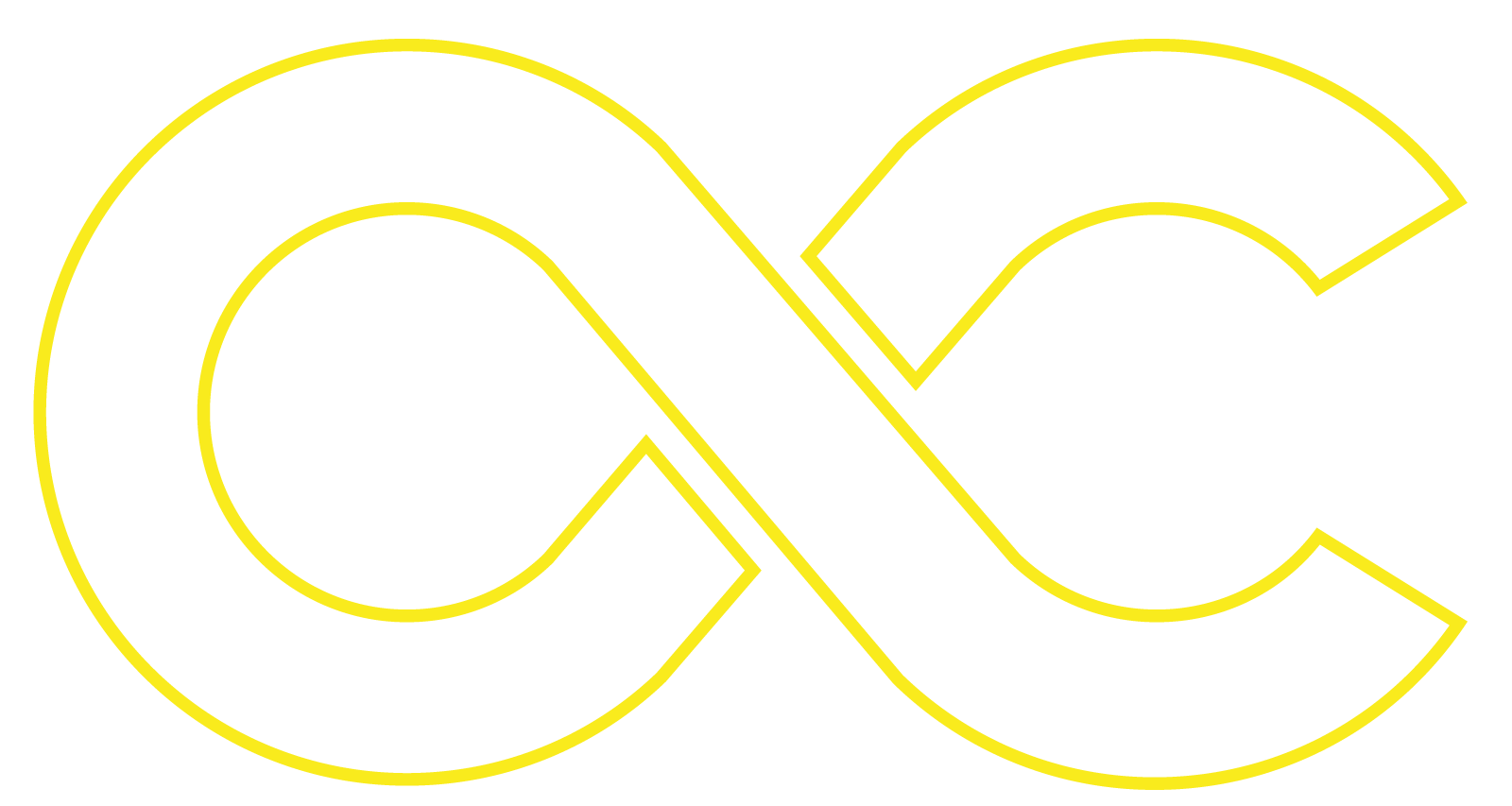


Dealing with an accident is stressful; navigating third-party insurance claims shouldn’t worsen it. This guide simplifies the process, helping you secure the compensation you deserve without unnecessary delays or frustrations. Knowing how to handle a third-party claim can save you time, money, and stress, whether a business claim or property damage.
Key statistics and data on third-party insurance claims for property, contents, and business claims:
Frequency of Claims
Property and business-related third-party claims occur frequently and can be costly for insurers:
Types of Claims
The most common types of third-party property and business claims include
Industry-Specific Data
Certain industries face higher risks of third-party claims:
Impact on Businesses
Third-party claims can have significant financial implications for businesses:
Claim Processing
The efficiency of claim processing varies:
These statistics highlight the importance of adequate third-party liability coverage for businesses and property owners. They also underscore the potential financial impact of such claims and the need for efficient claim processing systems.
A third-party insurance claim is made by someone other than the policyholder or the insurance company for damages or injury. If you’re at fault in an accident, your insurance will cover the expenses of the affected party. For example, if you rear-end another vehicle, the driver would file a third-party claim against your insurance. Third-party insurance is common in auto policies and is often legally required to ensure accident victims are compensated.
Third-party insurance is mandated by law in many countries, including the UK. It protects the public by ensuring that anyone causing damage or injury has the means to compensate the injured party. In most places, driving a vehicle without at least third-party insurance is illegal.
These situations illustrate where third-party claims come into play, ensuring that the affected party gets compensated for damages:
It’s important to understand the distinction between first-party insurance claims (where the policyholder seeks compensation from their insurer) and third-party insurance claims, where compensation is provided to another person affected by the policyholder’s actions. In third-party claims, the victim (third party) files the claim, not the policyholder.
What Oakleafe Clients Say:

Third-party insurance claims are primarily filed when someone other than the policyholder suffers damages or injuries due to the policyholder’s actions. These claims ensure that the affected party is compensated without bearing the costs.
Liability and Responsibility
At the core of third-party insurance claims is the issue of liability. When one party is responsible for an accident or incident, they are liable for the damages. For example, if you cause a car crash by running a red light, you are liable for the damages. Third-party insurance covers the cost, protecting you from paying out of pocket.
Role of the Insurer
Once liability is determined, the insurance company assesses the claim, calculates the damages, and offers compensation to the third party. This process involves investigation, documentation, and negotiation to reach a fair settlement.
How Liability is Determined
Liability is determined through an investigation conducted by the insurer. Factors that play a role in determining liability include:
Filing a third-party claim can be daunting if you’re unfamiliar with the process. However, following the correct steps will help ensure a smoother experience.
Documentation Required
The documents you’ll need to support your claim include:
Investigation and Settlement
Once your claim is submitted, the insurance company will:
Liability coverage protects you when you’re responsible for damages or injuries. It typically covers two areas:
Coverage Limits
Every insurance policy comes with limits on how much it will pay. For example, your liability coverage may be capped at a certain amount for bodily injury or property damage. You may be liable for the difference if the costs exceed your policy’s limits. That’s why you should always know your policy limits.
Exceeding Coverage Limits
If the costs exceed your policy’s limits, you may have to pay the remaining amount out of pocket. Consider purchasing higher coverage limits to avoid this scenario, especially if exposed to high-risk situations.
Excess is a deductible amount you pay before your insurance kicks in. However, when dealing with third-party claims, the way excess payments work can differ from first-party claims.
Excess in Third-Party Insurance Claims
In most third-party claims, the excess applies only to your damages. While your insurer covers the third party’s expenses, you may need to pay an excess for any repairs to your vehicle or property.
Policyholder’s Responsibility
For example, if you rear-end another vehicle and both cars are damaged, you would likely need to pay an excess for the repairs to your car. However, the third-party claim (covering the other driver’s car) would be handled directly by your insurance company without requiring you to pay an excess.

The process for filing and resolving a third-party claim involves several stages designed to establish fault, assess damages, and reach a fair settlement.
Investigation
Once the claim is filed, the insurance company begins its investigation. This involves reviewing all relevant documents, such as accident reports, witness statements, and photographs. The insurer uses this information to assess who is at fault.
Fault Determination and Adjudication
Once fault is determined, the insurer will propose a settlement amount to cover the third party’s damages. If both parties agree to the terms, the claim is resolved. If not, negotiations may continue, or the case could proceed to adjudication.
Timelines for Third-Party Claims
Typical third-party claims follow these timelines:
Sometimes, a third-party claim may be denied, leaving the affected party with few options. However, there are steps you can take to challenge a denial.
Dealing with Claim Denial
If your third-party claim is denied, you have several options for recourse. Start by reviewing the denial letter to understand the insurer’s reasoning. This information will guide your next steps.
Appeals Process
Many insurance companies offer an appeals process for denied claims. This typically involves submitting additional evidence or documentation to support your case. Be clear in your appeal why the denial should be reconsidered, and provide any missing information that may strengthen your claim.
Dispute Resolution and Legal Action
If the appeal process doesn’t result in a favourable outcome, consider exploring alternative dispute resolution methods such as mediation or arbitration. If these options fail, seeking legal advice and taking the case to court may be necessary to get the compensation you deserve.
Read more about dealing with a rejected insurance claim.

When accidents strike, third-party insurance claims provide essential financial protection. Familiarising yourself with the claims process and understanding liability empowers you to take control of your situation.
Don’t leave your coverage to chance – review your policy now. Without proper preparation, you risk facing significant financial burdens after an accident. Ensure you’re protected and ready to navigate third-party claims confidently. Your peace of mind starts with informed decisions – act today and safeguard your future!
Oakleafe Claims have represented policyholders and managed their insurance claims since before the First World War. We have vast expertise and experience in both domestic and commercial insurance claims with thousands of satisfied policyholders who have received their deserved insurance settlement.
What Oakleafe Clients Say:



Please complete the form and one of our insurance claim professionals will call you back ASAP